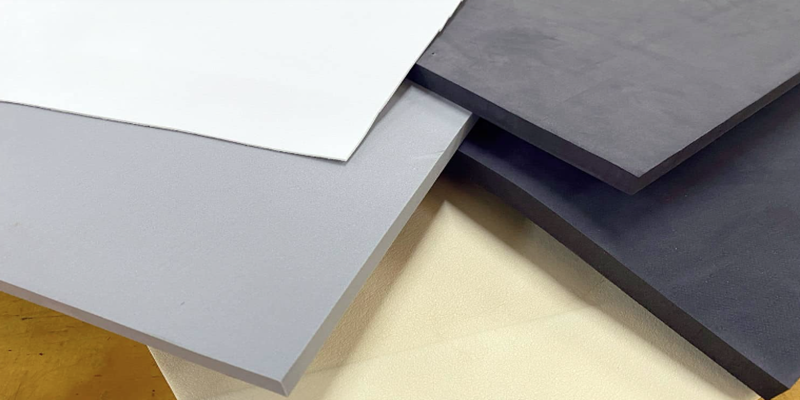What is Closed-Cell Polyurethane Foam?
Closed cell polyurethane foam is a kind of high performance thermal insulation material, which has energy saving and strong moisture resistance, so it is widely used in various industries. This foam consists of tightly packed bubble holes filled with insulating gases (called blowing agents) that help keep heat inside the holes. The closed cell structure improves thermal performance and is an excellent choice for energy-saving thermal insulation applications.
One of the main advantages of closed cell polyurethane foam is its high density, which gives it excellent water resistance. This density makes it an effective moisture barrier, which is essential for wet areas such as attics, crawl Spaces, and basements. Because closed-cell foam forms an airtight seal, it reduces the risk of moisture penetration, thereby reducing mold growth, which improves indoor air quality and contributes to a healthier living environment.
Application Areas for Polyurethane Catalysts in Closed-Cell Foam
Polyurethane catalysts play an important role in the production of closed-cell foams by regulating the chemical reactions that produce the unique properties of the foams. Catalysts such as MXC-C15 and MXC-37 help achieve specific performance characteristics that enable closed-cell foams to be used in construction and insulation.
MXC-C15 (3,3′ -iminobis (N, n-dimethylpropylamine), CAS number 6711-48-4, is a low-odor, emission-free amine catalyst capable of slight selectivity for urea (isocyanate-water) reactions. The catalyst supports smooth curing in rigid polyurethane systems, making it a wide choice for applications requiring stable and progressive curing properties. Its properties are beneficial for use in closed cell foams for roof insulation, wall systems and other areas where durability and moisture resistance are critical.
MXC-37 (2-(2-(dimethylamino)ethoxy)ethanol, CAS No. 1704-62-7), also known as DMAEE, is a versatile, low-emission amine catalyst with high foaming activity. Due to its effectiveness in formulations with high water content, MXC-37 is particularly suited for creating low-density, water-blown spray foams. This catalyst minimizes the typical amine odor found in foams and enhances the foam’s structural integrity, making it useful in low-odor applications. Its wide application includes soft foams, elastomers, and rigid foam for packaging, helping to achieve consistency and strength in products requiring precise expansion and stability.
Benefits of Closed-Cell Foam and Polyurethane Catalysts
Closed cell polyurethane foam has good thermal and moisture resistance, and catalysts such as MXC-C15 and MXC-37 support its efficient production and stable performance. Together, these factors make closed-cell foam the choice in environments where reliable thermal performance and long-term durability are required.
Post time: Nov-05-2024

